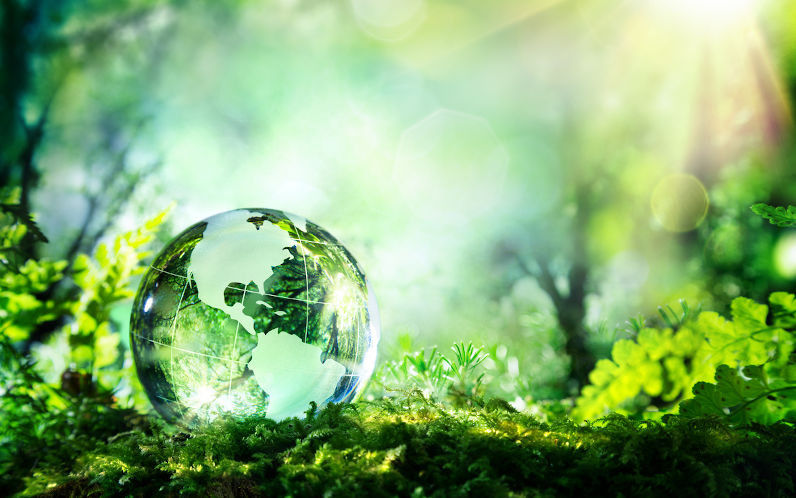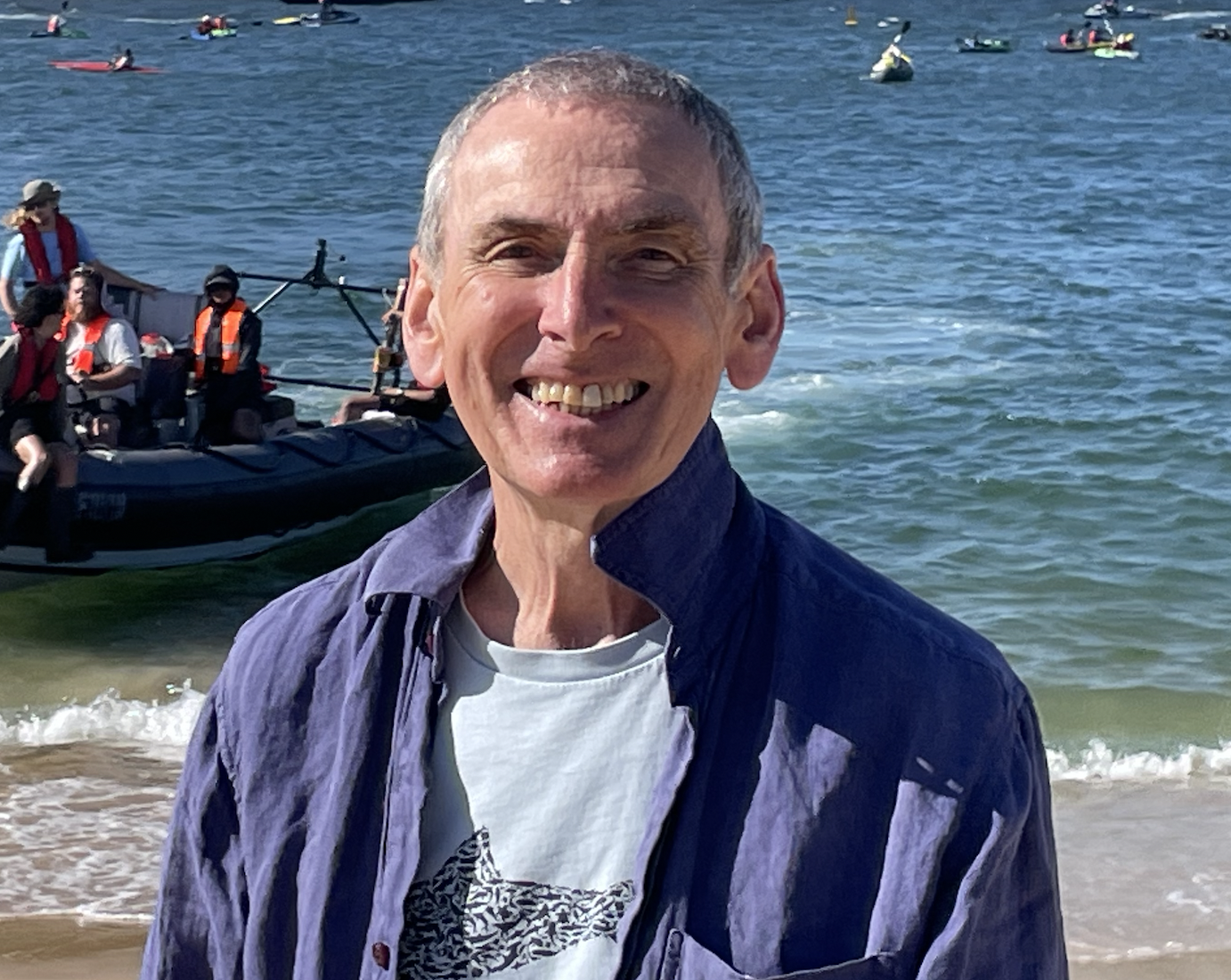Environment: An asset for profit or a space for children to thrive?
June 3, 2022
Is the natural environment to be commodified for profit or cherished to help children and adults thrive? How to decarbonise Australias transport systems.
Natural capital
In its 2011 White Paper The Natural Choice: securing the value of nature, the UK government stated that its ambition was for a green and growing economy which not only uses natural capital in a responsible and fair way but contributes to improving it. It will properly value the stocks and flows of natural capital. Growth will be green because it is intrinsically linked to the health of the countrys natural resources. The economy will capture the value of nature (underlining added by me). Natural capital was defined as the stock of our physical natural assets (such as soil, forests, water and biodiversity) which provide flows of services that benefit people (such as pollinating crops, natural hazard protection, climate regulation or the mental health benefits of a walk in the park).
As recommended in the White Paper, an independent National Capital Committee was established to advise the government on how to achieve its ambition and put the value of Englands natural capital at the heart of our economic thinking. In his introduction to the Committees second report in 2014, the chairman stated that it is important not to lose sight of natural infrastructure and the integral part that natural capital plays in delivering sustainable economic growth. As the White Paper rightly emphasised, the environment is part of the economy and needs to be properly integrated into it so that growth opportunities will not be missed. Integrating the environment into the economy is hampered by the almost complete absence of proper accounting for natural assets (again, underlining added by me).
The point of drawing your attention to these ancient documents from a foreign land is to highlight three issues arising from the approach they advocate:
-
It is clear that the UK government saw the principal purpose of the complex, integrated structures, processes and cycles of the natural environment (the basis of all life on Earth) as the provision of environmental services to humanity. The environment was part of the economy, rather than, as many of us would hold, the other way round . The risk of not integrating these natural assets into the economy, according to UK government, was not that we might destroy them and imperil our own existence but that we might miss opportunities for economic growth. The concepts of natural assets and natural capital have become more commonplace since 2011, and that has some benefits. However, I am highly suspicious about the creation of Natural Asset Classes in the New York Stock Exchange, a subject I wrote about in February.
-
According to this way of thinking, the only elements of the natural environment that are of value to humanity are those which we recognise as providing us with an essential service and to which we can attach a dollar value. Then we can treat the service as a natural asset which we can exchange economically as natural capital. If an environmental structure or process or cycle doesnt have any obvious economic value to the human capitalist enterprise, its of no value to us. Farewell mosquitoes, deep sea creatures, Tasmanian Tigers, Wollemi pines too bad if we find out later that we needed you or even simply that we miss you.
-
Placing such a strong emphasis on the economic value of nature, value that can be traded and maximised for individual profit and economic growth, leads us (has led us) down the ludicrous track of offsetting. In effect, offsetting says its OK to destroy the natural capital in environment X because we have enhanced the natural capital in environment Y, completely ignoring the reality that the natural structures and processes in X and Y are quite different and serve quite different functions in Earths natural systems. Except to the single-minded profit seekers, it does not make sense to allow Australias Black Throated Finches to be wiped out to build a coalmine because the economic loss occasioned by the demise of the finches is judged to be the same as the economic value gained by planting a few trees in, say, Botswana. Even if this were somehow justifiable in theory, it ignores the fact that the losses always materialise immediately while the future gains seldom appear as proposed.
Theres an argument that we wont value (in the sense of cherish) the natural environment until we can measure its value to humanity in the economic sense and thus allow it to be traded like any other asset. Only when individuals, governments and companies can profit from preserving the environment, so the argument goes, will we see real progress towards environmental sustainability. I certainly agree that aspects of the natural world should not be treated as free gifts to anyone who wants to take them or foul them for profit but its not obvious to me that treating the environment as a tradable commodity is likely to keep global warming in check or preserve biodiversity.
Healthy environments make healthy children, healthy adults and a healthy planet
Places and Spaces. Environments and childrens well-being is a report from UNICEF which examines how well the worlds 39 richest countries are providing a healthy environment in which children can live, develop and thrive. The analysis examines three factors within each of three levels of influence around the child:
- the world of the child: air pollution, water pollution, lead poisoning
- the world around the child: overcrowding, urban green space, road safety
- the world at large: number of earths required to sustain the countrys consumption, electronic waste generation, consumption-based CO2 emissions.
Overall, Australia ranked 30th of the 39 nations: 10th for the world of the child, 20th for the world around the child and 37th for the world at large. For reference, Spain came top of the class, UK 11th, NZ 15th and the USA 37th. In fairness, although Australias rankings werent great for the worlds of and around the child, on the measures used to assess each of the six factors Australia generally performed pretty well its just that other countries did a bit better. In the world at large category, however, Australia is definitely in the naughty corner, being ranked in the bottom five countries on all three factors. If everyone lived like Australians, wed need 4.6 Earths to supply the resources required (almost double Spain and the UK, both of which are, of course, way above sustainable levels). On average, each Australian generates 14.8 tonnes of CO2 per year; the average for all 39 countries is 9 tonnes. Only Colombia and Costa Rica are below the level that can be sustained globally, around 3 tonnes per person per year.
UNICEF makes five recommendations:
-
Governments at all levels should focus on improving childrens environments today to protect their future health and the health of the planet.
-
Prioritise the environments of the poorest communities and poorest families.
-
All environmental policies, particularly those relating to adaptation to climate change, should be subject to child rights impact assessments and be child sensitive. (As an aside, child sensitive policies are almost always good for adults too.)
-
All adult decision makers, parents to politicians, should involve young people in decision making.
-
Governments and businesses should take responsibility now for the future and mitigate their impact on the environment.
Decarbonising Australias transport systems
Transport is responsible for about 18 per cent of Australias greenhouse gas emissions and, according to government projections, transports emissions will marginally increase to 2030. Cars and light commercial vehicles are responsible for about three-fifths of all our transport emissions.
To advocate for and boost cooperative action across all levels of government and industry in support of decarbonising the transport sector, a group of academics has produced FACTS, a Framework for an Australian Clean Transport Strategy. The framework contains about 25 decarbonisation targets across eleven modes of transport (light vehicles, buses, railways, shipping, domestic and international aviation, etc.) and about 50 policy suggestions for local, state and federal governments, so Ill limit my summary to the two proposed overarching decarbonisation targets:
-
Net zero transportation sector emissions by 2050 at the latest, and
-
Net zero land transport emissions by 2045 at the latest,
and the three-part framework proposed for decarbonisation strategies and technologies:
-
Avoid: fewer trips in vehicles by greater use of alternatives to physical travel (Covid has rendered unnecessary any need to explain that one) and shorter trip lengths
-
Shift: transport people and goods through cleaner, more efficient modes, and
-
Improve: low and ideally zero emissions from land, sea and air transport.
The quick wins come from the adoption of rapidly maturing technologies for the electrification (with sales targets where appropriate) of cars, light commercial vehicles, trams, urban buses and trucks, and trains. Decarbonisation of international shipping and aviation are longer term goals that require more technology investment and development.
Theres no question that FACTS is carefully researched and contains a wealth of ideas for governments and the transport industries. The authors want individual citizens to bring it to the attention of their representatives in local, state and federal government and let them know that they support greater action to decarbonise Australias transport systems.
Regarding air travel, according to Qantass chief sustainability officer, synthetic hydrocarbon fuel, produced by drawing hydrogen from the air and oxygen from water using renewable energy, could start replacing petroleum and plant-based biofuels on long haul flights by the mid-2030s. Hydrogen and battery powered planes, on the other hand, are only likely to be suitable for short flights. (Search with Qantas says synthetic fuel could power long flights by mid-2030s for a Financial Times article about this.)
Doo-doo in Double Bay
Returning to healthy environments for children, isnt it just a little shocking that sewage is still being discharged into Double Bay, a popular harbour-side bay and beach in Sydney where children paddle and play? Shouldnt we expect better in one of the most affluent cities in one of the most affluent countries in the world in 2022? (I took the photo below on 29 May 2022.)





